Do you have a question about the Honeywell MultiRAE and is the answer not in the manual?
| Model | MultiRAE |
|---|---|
| Battery | Rechargeable Li-ion battery |
| Gas Detection Range | Depends on sensors installed |
| Detection Gases | O2, LEL, H2S, CO, SO2, NO2, NH3, Cl2, HCN, PH3, VOCs |
| Sensors | Electrochemical, Catalytic Bead, Photoionization (PID) |
| Display | Backlit LCD |
| Communication | Wireless (optional), Bluetooth (optional), USB |
| Operating Temperature | -20°C to 50°C |
| Humidity Range | 0% to 95% RH (non-condensing) |
| Alarms | Visual, audible, and vibrating alarms |
| Data Logging | Yes, with downloadable data |
| Pump | Internal pump (optional) |
Emphasizes reading the User's Guide for proper operation, maintenance, and servicing of the product.
Advises against operating with the rear cover removed and handling parts only in non-hazardous areas.
Instructions for fully charging the battery using the charger and AC adapter, indicated by LED color.
Procedure to turn on the device by pressing and holding the [MODE] key until the audible alarm stops.
Details the UI for the pumped version, including display, keys, and information shown on screen.
Details the UI for the diffusion model, including display, keys, and information shown on screen.
Procedure to safely shut down the MultiRAE by pressing and holding the [MODE] key.
How to test the buzzer, vibration alarm, and LEDs by pressing the [Y/+] key.
Steps for performing a span calibration using calibration gas and the adapter.
Procedure for functional testing to confirm sensor and alarm operability using test gas.
Guides for automated or manual bump testing and calibration setup using gas inlets.
Instructions for zero-calibrating sensors using clean air or specific gases.
Diagram and explanation of navigating menus and options in Hygiene Mode.
Steps to configure and operate the MultiRAE's wireless modem settings for network connection.
Information on Li-Ion battery packs and alkaline battery adapters for the MultiRAE models.
Details compliance with FCC Part 15 and RED: 2014/53/EU standards.
Provides website addresses to access the full MultiRAE User's Guide for detailed information.
Specifies approved battery types and charging locations outside hazardous areas.
Lists the safety approvals and classifications for hazardous locations (ATEX, IECEx).
Covers rapid reading changes, sensor replacement in hazardous areas, and high off-scale readings.
Requirement to test LEL sensor sensitivity daily with a known methane concentration.
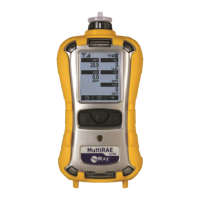
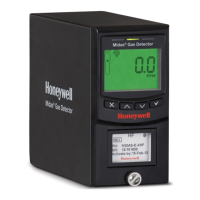
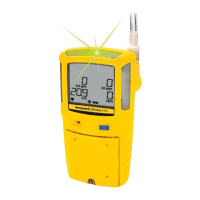
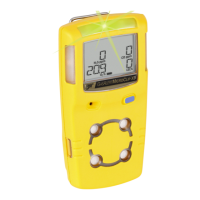
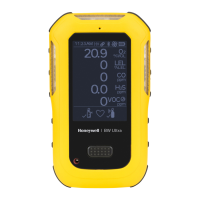
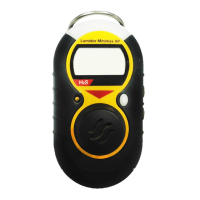

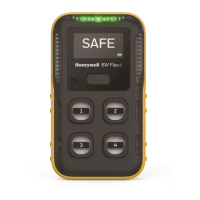
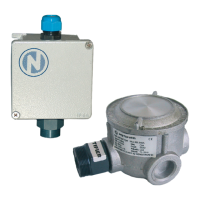
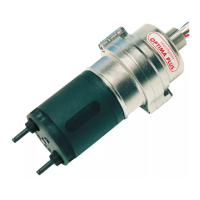
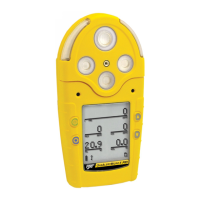
